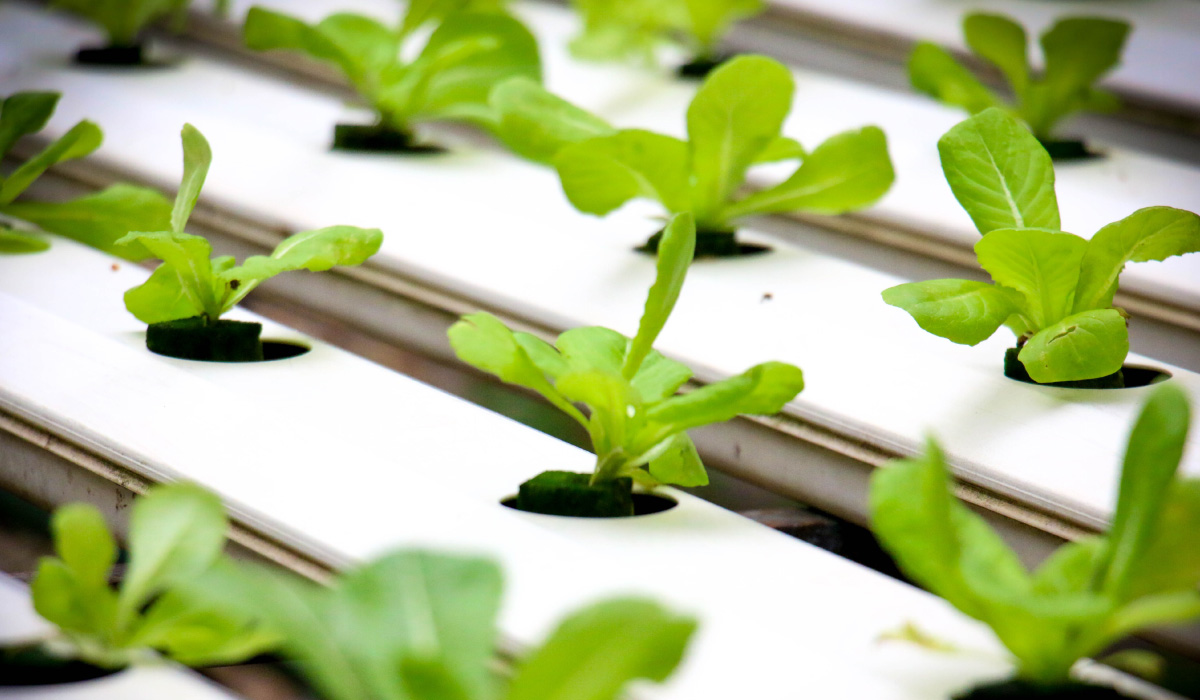Did you know that out of the 25 places in the world with the greatest water scarcity, 15 are in the Middle East? These are desert regions where the population consumes almost all the available water, which is quite limited. High temperatures, long periods of drought, desertification (soil degradation), increased sandstorms and water evaporation are some of the climate change effects that these countries are also suffering.
So, how do they manage to grow their fresh food? By using hydroponic farming techniques! This is a soil-free cultivation method, where plants grow in aqueous solutions with added nutrients, ideal for urban areas or with adverse weather conditions.
Libya and Dubai, two examples of hydroponic farming
We believe that every drop counts, and this is especially true in countries with extreme drought, such as Libya, where about 95% of the territory is desert, and only 2% of the cultivable land receives enough rain. In 2020, the NGO Green Paradise was founded to train farmers in hydroponic techniques and provides them with tools to maintain crops that can now easily withstand climatic conditions.
Bustanica, in Dubai, is the world’s largest vertical hydroponic farm. With almost 31.000 square meters, they produce 1.000 tons of vegetables per year using 95% less water than traditional agriculture. This represents an annual water savings of about 250 million liters and an environmental benefit. Their products are used to prepare meals for the country’s airlines, offered in restaurants and can be purchased in supermarkets.
Japan, a curious hydroponic method
Although it may not seem so, Japan is a country with a certain shortage of arable land, partly due to many areas being contaminated after the tsunami and earthquake in 2011. Vertical and urban crops here is a great success. Yuichi Mori, a researcher and owner of the company Mebiol, uses a rather curious hydroponic method. His crops (or rather, his roots) are submerged in a material made of polymers (a kind of substance composed of molecules) created from a hydrogel solution that stores liquid and nutrients. He was inspired by the materials used to filter blood in renal dialysis treatments. His invention is patented, allows for 90% less water consumption compared to traditional agriculture, and does not use any type of pesticide, since the hydrogel solution blocks viruses and bacteria.
For these countries, hydroponics (also used in Urbanfresh) has numerous advantages. The most important: it requires less water. The roots are submerged in a closed water circuit where the exact amount of nutrients has been previously added. Thus, not a drop is wasted as the water is constantly reused. Additionally, these production systems require less space, as they allow for multi-level vertical cultivation, indoors, and in urban environments. It enables all year round cultivation!
Want to learn more about our project? Follow us on Instagram and leave us a comment!



